Buší: The Heartbeat of Untamed Nature

Understanding Buší
The term “buší” paints a vivid picture of wild, untamed landscapes that stand in stark contrast to the hustle and bustle of urban life. These are regions where nature reigns supreme, shaping the environment, influencing cultures, and providing essential habitats for countless species.
Derived from the Dutch word “bosch” meaning “forest,” buší encompasses a broad spectrum of ecosystems. From the towering forests of the Pacific Northwest to the arid deserts of Australia, buší regions share a common thread: they are places where human influence is minimal, and nature’s processes dominate.
The Diversity of Buší Regions
Buší regions exhibit remarkable diversity across the globe. Each is a unique tapestry woven from the threads of geography, climate, and time.
Temperate Forests
Found in regions with moderate climates, temperate forests are characterized by deciduous trees that shed their leaves in autumn. These forests are home to a rich diversity of flora and fauna, including majestic redwoods, towering Douglas firs, and a myriad of woodland creatures.
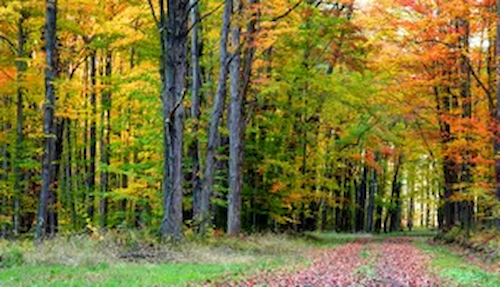
Boreal Forests
Stretching across vast swathes of northern latitudes, boreal forests, also known as taiga, are dominated by coniferous trees like spruce and pine. These forests are characterized by long, cold winters and short, cool summers.
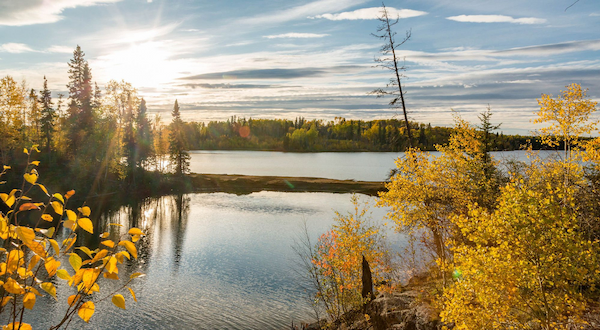
Tropical Rainforests
Bursting with life, tropical rainforests are found near the equator. These lush ecosystems are home to the greatest diversity of plant and animal species on Earth. Towering trees, vibrant orchids, and exotic creatures create a breathtaking spectacle.
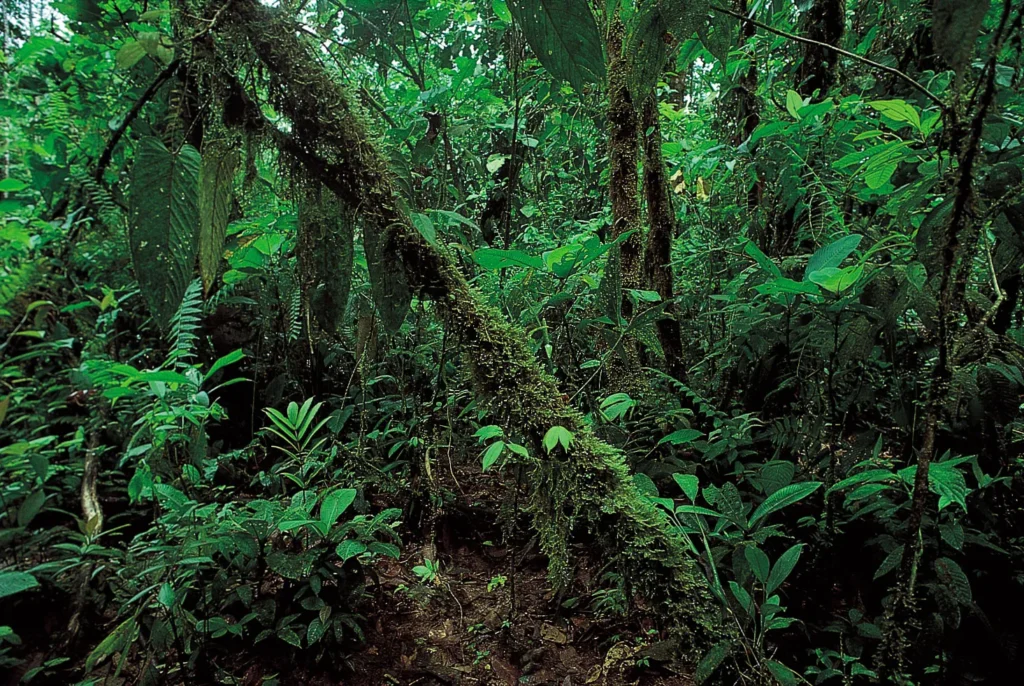
Savannas and Grasslands
Savannas and grasslands are characterized by vast open spaces dominated by grasses and scattered trees. These regions experience distinct wet and dry seasons, supporting a unique array of wildlife, including grazing herbivores and their predators.
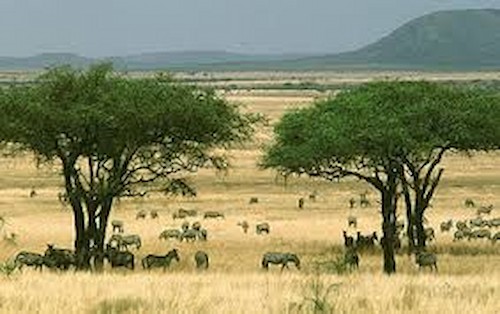
Deserts
Deserts are defined by their arid conditions, with little rainfall and sparse vegetation. Despite their harsh environment, deserts support a surprising diversity of life, adapted to survive in extreme conditions.
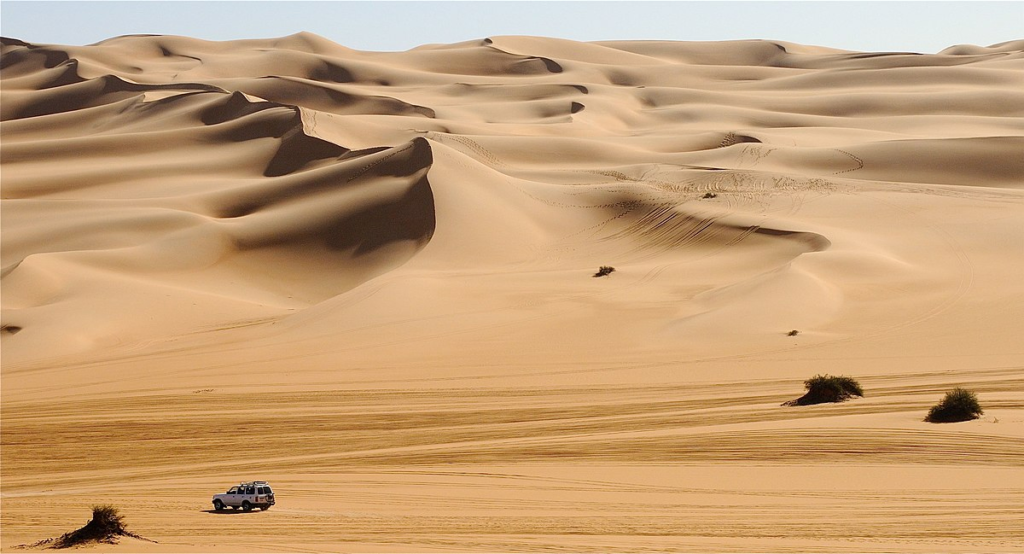
The Significance of Buší
Buší regions are essential for the health of our planet and the well-being of humanity.
- Biodiversity Hotspots: Buší areas are often biodiversity hotspots, harboring a disproportionate share of the world’s plant and animal species.
- Climate Regulation: Forests play a crucial role in regulating the climate by absorbing carbon dioxide and releasing oxygen.
- Water Cycle: Buší regions influence water cycles, helping to maintain water quality and availability.
- Cultural Heritage: Many indigenous cultures have deep connections to buší lands, drawing inspiration and sustenance from these environments.
- Recreation and Tourism: Buší regions offer opportunities for outdoor recreation, ecotourism, and spiritual rejuvenation.
Challenges and Conservation
Buší regions face numerous threats, including deforestation, climate change, pollution, and habitat fragmentation. Protecting these valuable ecosystems requires a concerted effort from governments, communities, and individuals.
Conservation initiatives focus on:
- Establishing protected areas
- Sustainable land management practices
- Raising awareness about the importance of buší
- Supporting indigenous communities
Conclusion
Buší regions are the lungs of our planet, providing essential ecosystem services and inspiring awe and wonder. As we face the challenges of a changing climate and increasing human impact, it is imperative that we protect and preserve these precious natural areas for generations to come.










